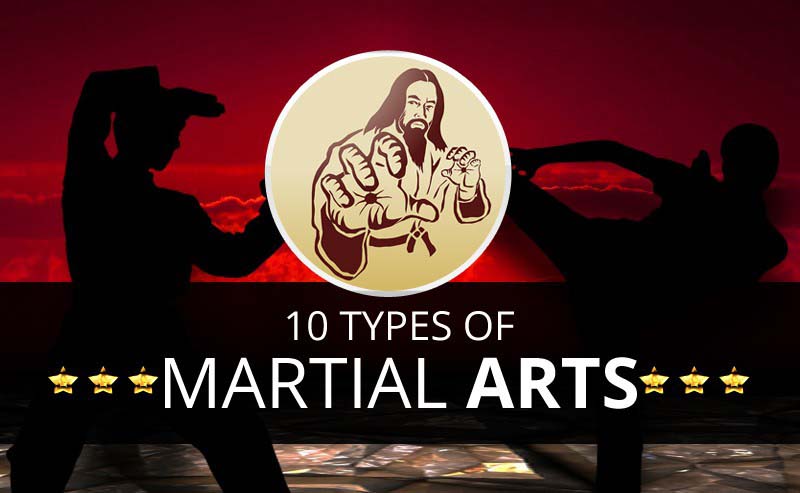The Worldwide Background And Change Of Martial Arts
The Worldwide Background And Change Of Martial Arts
Blog Article
Published By-Sutton Liu
Martial arts have a remarkable history that spans centuries and continents. You could find it intriguing just how ancient techniques like Shuai Jiao and Kalaripayattu laid the groundwork for modern-day battle methods. These techniques not only stress physical abilities however additionally mirror the cultures that birthed them. As you explore their evolution, consider just how globalization has actually transformed these conventional kinds right into hybrid styles. What influences do you think have shaped today's martial arts landscape?
Ancient Martial arts: The Foundations of Fight
As you look into the globe of ancient martial arts, you'll discover the abundant foundations that formed fight strategies throughout societies. Early techniques concentrated on Self-Defense and survival, commonly including strikes, hurting, and weaponry.
In old China, for instance, strategies like Shuai Jiao stressed tosses and joint locks, while India's Kalaripayattu showcased agility and liquid movement. Japanese samurai created Kenjutsu, a refined swordsmanship that highlighted discipline and strategy.
These martial arts offered not just for fight but additionally as a way of personal advancement, instilling values like respect and determination. The mixing of these techniques gradually laid the groundwork for the diverse martial arts you see today, each showing the special ideologies and demands of its culture.
The Cultural Influence on Martial Arts Development
While martial arts commonly mirror the useful requirements of a culture, they additionally embody the social values and beliefs of their beginnings. When you discover various martial arts, you'll discover exactly how they're affected by religion, ideology, and social standards.
As an example, the emphasis on regard and discipline in Japanese martial arts stems from Zen Buddhism and samurai society. On the other hand, Brazilian Jiu-Jitsu promotes versatility and strategy, shaped by the demand for performance in a varied, modern atmosphere.
You could locate that the routines, uniforms, and training methods mirror an area's history and identification. By recognizing please click the next web page , you grow your recognition of martial arts and their duty in shaping human experiences around the world.
Modern Adaptations and the Globalization of Martial arts
Martial arts have changed significantly in recent years, adapting to modern culture and worldwide impacts. You'll observe that traditional types have mixed with modern-day strategies, producing hybrid styles like mixed martial arts. These adaptations deal with varied audiences, making martial arts accessible and appealing around the world.
With the increase of social networks and electronic platforms, you can discover tutorials and competitions from all corners of the globe, breaking geographical obstacles. jiu jitsu adults near me has actually brought about a shared admiration for different techniques, from Brazilian Jiu-Jitsu to Taekwondo.
As you involve with these arts, you'll realize they're not almost combat; they promote fitness, technique, and mental health.
Inevitably, contemporary adaptations have enriched the martial arts landscape, making it a dynamic and developing method.
Conclusion
In exploring the history and advancement of martial arts, you uncover an interesting blend of strategies, cultures, and viewpoints. From ancient self-controls like Shuai Jiao and Kalaripayattu to the modern-day versatility seen in MMA, martial arts mirror humankind's pursuit for Self-Defense and individual growth. As you involve with these practices, you not just get skills yet also a deeper admiration for the varied customs that form our globe today. So, continue your journey and accept the art of battle!
